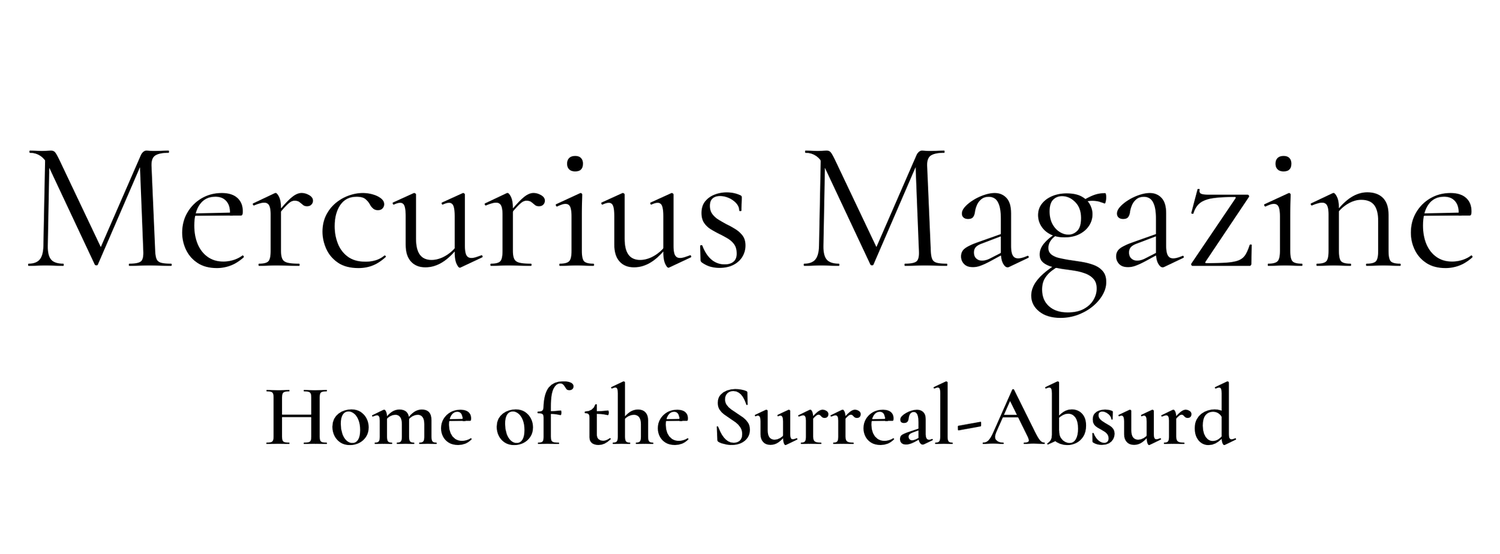Nine Eagles and the Silvery Water
Album artwork by Midjourney
The name Zadif comes from the early Arabic alchemist, Senior Zadith, otherwise known as Muhammad ibn Umayl al-Tamimi. Unlike the literal alchemists, Senior Zadith was a mystical and symbolic alchemist who held that the symbolic meaning of alchemy is the true purpose of the noble art.
Now that the scientific side to alchemy has proven to be hocus-pocus, Senior Zadith’s early position has turned out to be the correct one. Carl Jung dedicated years of his life to exploring the psychological secrets and insights contained within the resonant symbolism of the alchemists. The Jungian psychologist Theodor Abt states that Senior Zadith’s “Book of the Silvery Water and the Starry Earth” gives a description of a process of distillation, which is meant as a “continuous pondering over different symbols”, creating thus consciousness (symbolised by “light”, “gold”) out of the reality of matter, nature and body (“starry earth”). This shows that the “alchemical process is in fact entirely a psychological work that is based on dealing with concrete matter and the bodily reality.”
We hope that our album, “Nine Eagles and the Silvery Water”, also evokes a state of “continuous pondering over different symbols”. “The Wind Song” is about coming to terms with transience and translating “notes of woe into song”. “The River Song” is about transcending our earthly nature and celebrating, albeit in a melancholy way, the failures and conflicts that expand our consciousness but also make us long for peace.
“Old Man Mercurius” recalls the alchemical figure of Mercurius from whom Mercurius Magazine takes its name. In alchemical literature, Mercurius adopts diverse, paradoxical forms. S/he is a kind of trickster-saint and vital life-force that impels life towards growth, and ultimately, enlightenment, though not without mishaps and misadventures along the way. In the song, we focus on his/her role as healer and traveller between worlds, someone who can help rebalance perspectives. His/her ultimate message is that miracles are everywhere, but we have forgotten how to see them and appreciate them.
The “Open Road” is intimately connected with the symbolism of Tarot, especially the card of the “Fool”, which depicts a jester blindly walking off a cliff. Harsh as that may sound, the card is less about impending disaster than new beginnings. It is about happily setting out on a new adventure, aware that unknown dangers and trials are lurking in the shadows ahead. As the Fool is the first card in the Tarot deck, so too is “Open Road” the first track in the album.
“Star” also relates to the Tarot deck, this time to the Star card, which comes after the Tower card. It is about the power of the subconscious to process painful truths.
“Valhalla” inverts the usual tropes of Viking heroics into a tale of loss and longing. It tells the story of a mediocre hero who suspects the emptiness of his quest for glory and starts to reminisce on a girl who has long since disappeared from his life.
Shancoduff and Blessed Damouzel are interpretations of poems by Patrick Kavanagh and Dante Gabriel Rossetti.
As there are nine songs, so the title of the album refers to nine eagles. They are quiet, contemplative songs. With them, we hope that your senses and imagination may take flight.
- Thomas Helm and Joe Bowles (aka “Zadif)


